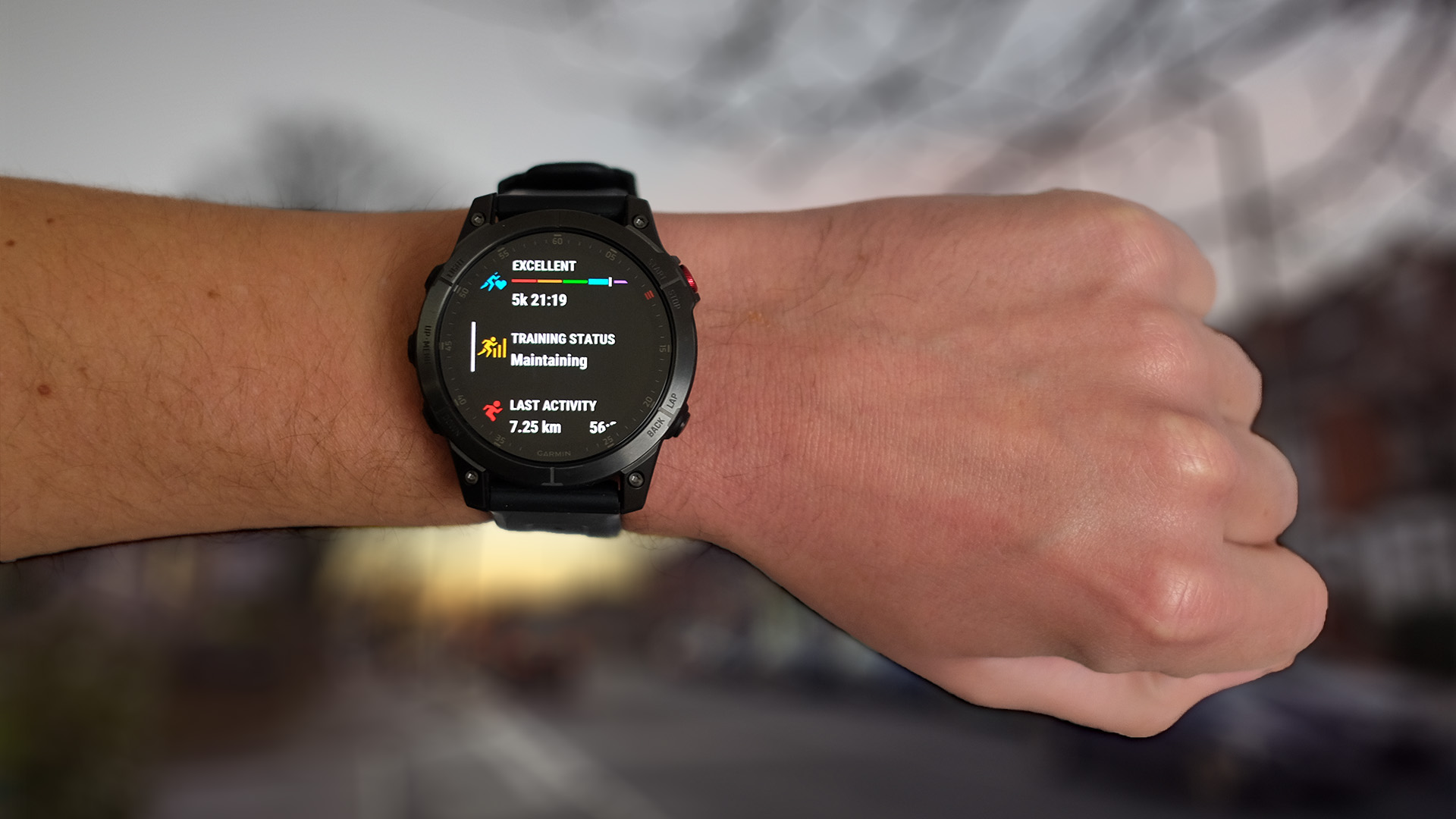Live Science Verdict
The Garmin Epix 2 is a fantastic runner’s watch, matching good core tracking accuracy with Garmin’s signature depth and a bold, colorful screen.
Pros
- +
Glossier-looking screen than the Fenix 7
- +
Great GPS and HR reliability
- +
Cavernous depth
Cons
- -
Very expensive
- -
Flaky SpO2 readings
Why you can trust Live Science
Back in the good old days of 2015, the Garmin Epix was the watch you’d buy if you wanted a Garmin with full mapping. It had a square screen and looked a little odd, but worked amazingly well.
The entire Garmin Fenix 7 range now has excellent mapping support, so where does that leave the Garmin Epix? Well, it has a new spot. The second-generation Garmin Epix (sometimes called the Epix 2) is basically a Fenix 7 with an OLED screen.
Software: Garmin Connect and Garmin Express
Compatibility: iOS and Android
Battery: Up to 16 days
Memory: 16/ 32GB
Display: 1.30" diameter AMOLED Always On
GPS: Yes
Water resistance: 10 ATM
Heart rate tracker: Yes
Sleep tracker: Yes
Music download option: Yes
This makes it an excellent option if you want a top-end runner's watch that doesn't sport a dull MIP screen. It has all the deep-tracking features you'd find on the Fenix 7, but it comes with a brighter display. However, you'll have to pay for this with battery, as the new Epix will only last around a week between charges. That is great by smartwatch standards but not a patch on the Fenix 7.
You can improve this by turning the “always on” screen mode off, but it makes the Garmin Epix less enjoyable to wear day-to-day. Problem two: it costs a not-that-small fortune, roughly £200/$200 more than the Fenix 7 at base level, and there’s no solar charging option.
We find it hard to argue the Epix is worth this much more than the brilliant Fenix 7. But it is one of the best fitness trackers available nevertheless.
Price and release date
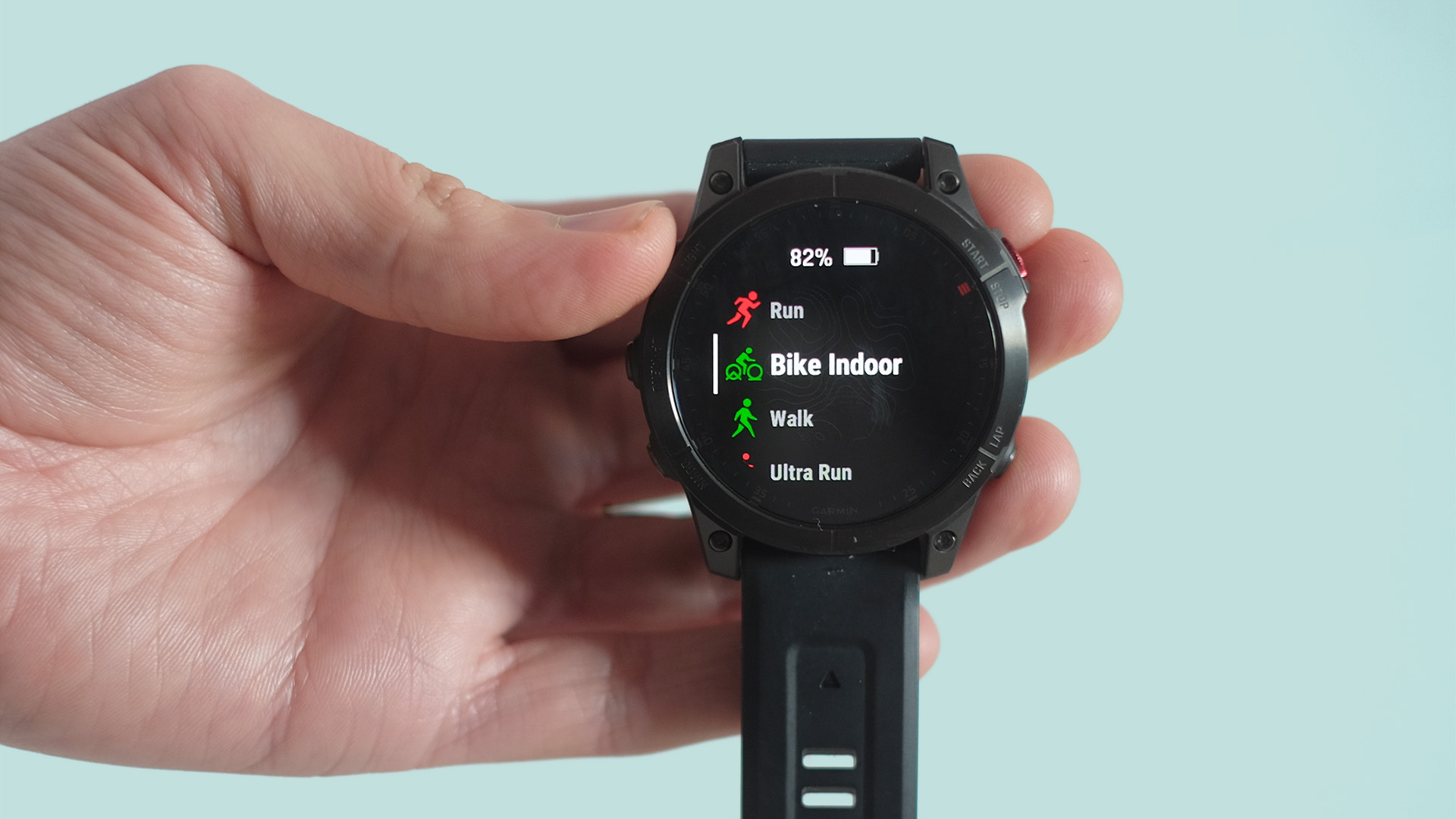
- Released early 2022
- Base model from $899/ £799
The Garmin Epix was announced in January 2022 alongside the Fenix 7 series watches, seven years after the original Epix. Garmin sometimes refers to it as the “epix (Gen 2)” to ensure it is not confused with its great grandfather.
It is one of Garmin’s most expensive watches. The base model costs $899/£799. It has a stainless steel bezel and Gorilla Glass DX display protection. For an extra $100/£100 you can get an Epix with a titanium bezel and Sapphire screen glass. Sapphire is more scratch resistant than Gorilla Glass, and titanium lowers the watch’s weight.
Get the world’s most fascinating discoveries delivered straight to your inbox.
Design and display
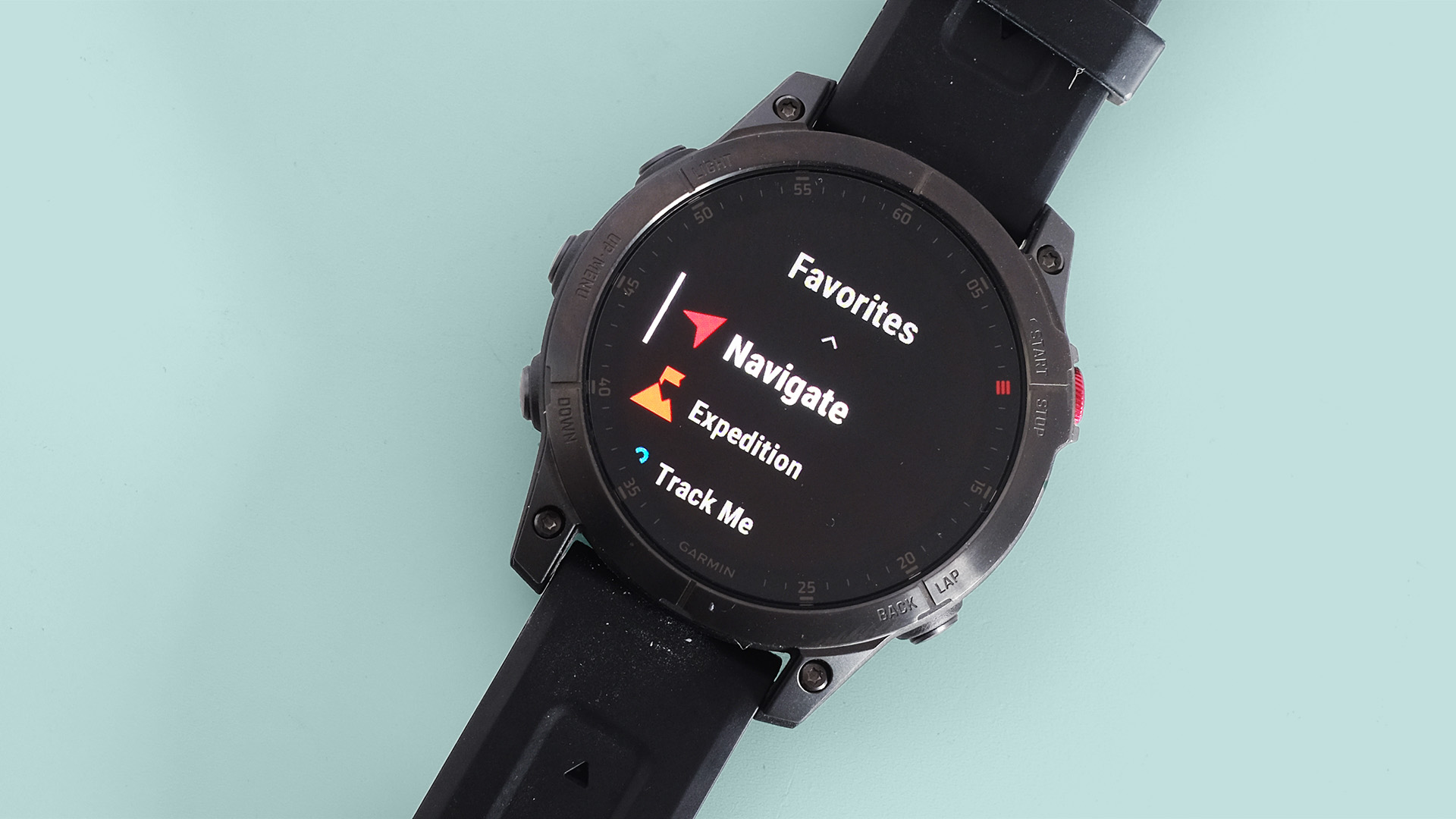
- Sharp AMOLED screen
- Lighter than the Fenix 7
One of our main complaints when testing the Fenix 7 was that it feels quite bulky and heavy, to the extent you might not want to wear it all the time. The titanium version of the Epix makes significant steps towards fixing this problem. It’s still large, 47mm in diameter, and thick at 14.5mm. But it's slightly lower weight takes the edge off the issue.
Garmin’s classic MIP display style is replaced by an AMOLED screen here, which measures 1.3 inches. This looks sharp but it has some drawbacks, namely that it’s going to use a lot of power when you’re standing outside as it will need to boost brightness to be visible.
Now is probably a good time to touch on battery life. Garmin says the Epix will last for up to six days in its always-on screen mode or 16 days if you switch it off. We think that this estimate is actually fairly conservative. During testing, the Epix lost 24% battery after two days of general use, without tracked workouts. This suggests around eight days is possible.
Garmin also claims that the watch will last for 24 hours if you have all satellite system tracking options switched on. We found this to be broadly accurate and saw 4% battery loss from an hour of run tracking.
For background, we typically use the term “GPS” to refer to all satellite location systems, but it really refers to the Global Positioning System owned by the USA. The Epix can make use of Europe’s GALILEO, Russia’s GLONASS, Japan’s QZSS and China’s BEIDOU systems in addition to GPS. You can actually preserve battery life by switching to a GPS-only function, which will give you 30 hours of juice instead of 24.
Features
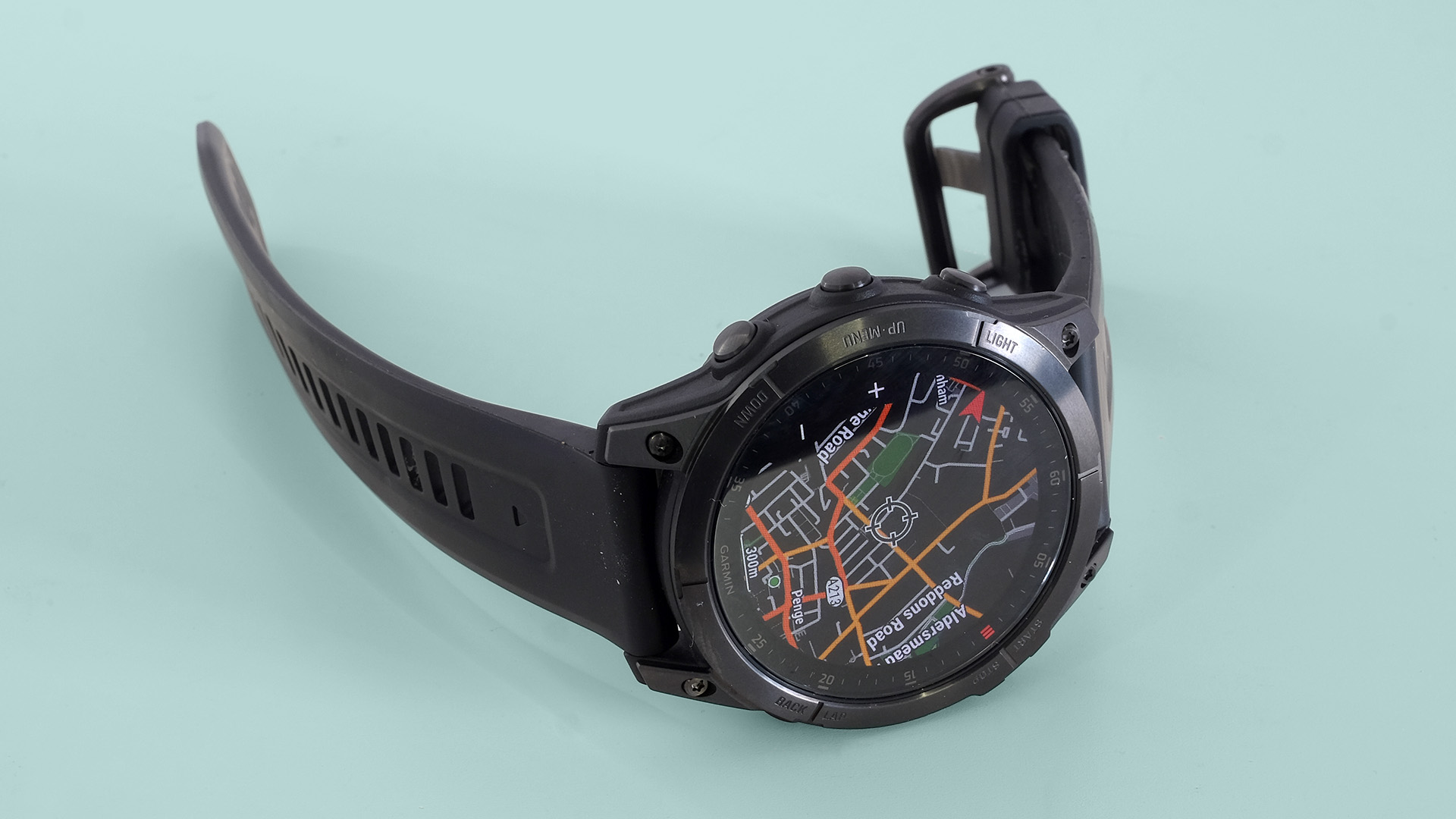
- In-depth tracking across multiple sports
- On-watch maps
- Good music support
Garmin packs a lot of nerdy, in-depth features into its watches, and the Garmin Epix is no exception. Let’s take indoor cycling as an example.
The Garmin Epix can connect to smart turbo trainers, which in itself is an unusual bonus. You’ll see the metrics recorded by the trainer on your watch screen, which is nice – but there’s more. The Epix can actually control the trainer’s resistance and you can sync full cycling workouts to the watch. These can be simple structured routines created by yourself or they can be based around real-world routes.
This feature is possible because of the original Epix model's unique selling point: on-watch maps. These are full maps that can be downloaded onto the wearable, which feature detailed roads and topography data.
There are 57 activity modes on the watch, if we counted correctly. And while cheaper watches can have over 100 modes, masses of these will do little more than record your heart rate. As we’ve already established, Garmin is more interested in creating in-depth, detailed features. Hardcore runners, for example, will enjoy making use of the PacePro feature. This lets you work out a pace for longer (or short) runs, based on the time result you want to achieve. You plan these on your phone in the Garmin Connect app and send them over to the Epix.
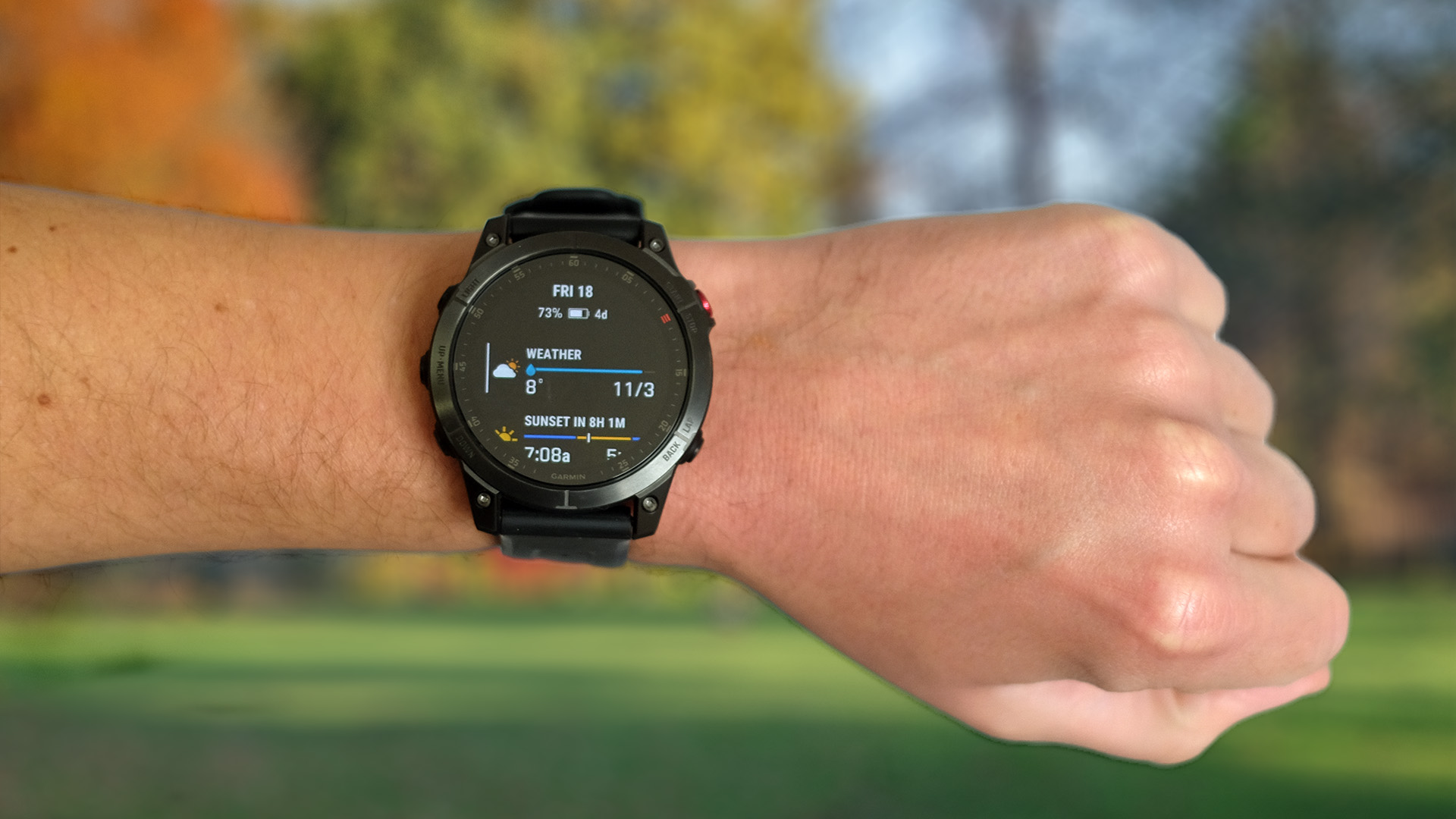
There’s lighter stuff too. Garmin offers multi-week workout plans for couch-to-5K folks and there are comparable plans for cyclists too. For yoga and weightlifting you can sync guided workouts to the watch. There are classes pre-programmed in Garmin Connect or you can build your own, plotting in specific yoga poses and gym-based exercises. It’s all free to access too, with no subscription required.
All this functionality can be a little overwhelming though. You’ll have to dig deep to find out everything that the Epix can do.
That said, the day-to-day experience of using the Garmin Epix is straightforward. Swipe or button-tap down below the watch face and you’ll find a quick summary of all your recent stats, like how long you slept, your step count, your heart rate and stress levels. The “start” button on the side of the watch takes you to the tracking mode menu, where you start a run, walk or cycle activity. Most of the time, these are the only interactions you’ll need to worry about.
Like other mid-range and high-end Garmins, the Garmin Epix also supports apps downloaded from Connect IQ. That’s the Garmin app store.
While there’s not a great deal here compared to the library of a true smartwatch, there are a few useful extras, like Komoot, Samsung SmartThings and a few third-party apps that can control Philips Hue lights. You also use Connect IQ to download apps for the Epix’s support music services: Spotify, Deezer and Amazon Music.
Alternatively, you can transfer music files to the Epix’s own storage, handy if you don’t subscribe to one of the supported services. And if you run/walk with your phone, it can control music played on the phone. If your bank supports Garmin Pay, you can also use the Epix for wireless payments.
Performance
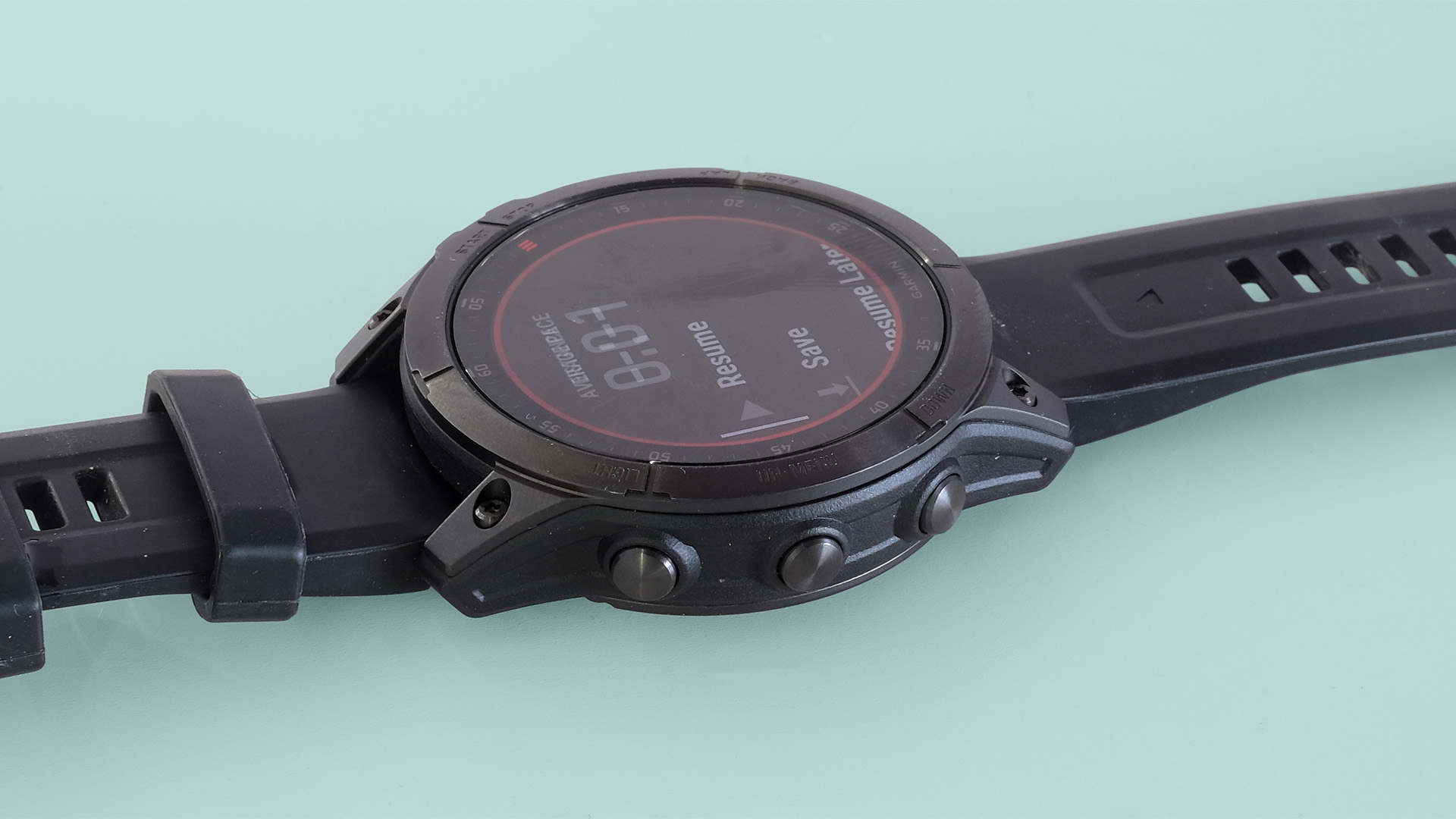
- Good heart rate monitoring
- Brilliantly accurate GPS
- Flakey SpO2 readings
The SpO2 readings are the only notably flakey feature on the watch. This is your blood oxygenation, measured using a feature called Pulse Ox. We used the 2-minute Health Snapshot mode to give the watch its best chance of a good reading, but found our readings to be all over the place and completely unreliable.
The rest of the Epix’s sensors are much better. We didn’t see any of the strange altimeter readings noted in our Garmin Venu 2 Plus review, which resulted in the watch saying we’d climbed a small mountain most days.
Its GPS is an absolute joy to use as it latches onto signal almost instantly. We saw zero drop-outs and no overly creative route mapping. It even consistently placed us on the right side of the road and only claimed we ran straight through a building a couple of times during the first couple of minutes of a tracked workout. Our guess is the Epix signals an active GPS connection before its triangulation is 100% complete, which is why it feels so instantaneous.
Heart rate results were similarly strong. It’s in a completely different league to the Suunto 9 Peak we tried recently, with effectively HR strap-grade reliability in most situations. It tracks spurt from a moderately high exertion baseline well, which some trackers have a habit of missing completely.
The performance of a wrist-worn heart rate monitor can change depending on how tight the strap is, the tone of skin and the shape of your wrist. But we are more than happy with the Garmin Epix’s results based on our testing.
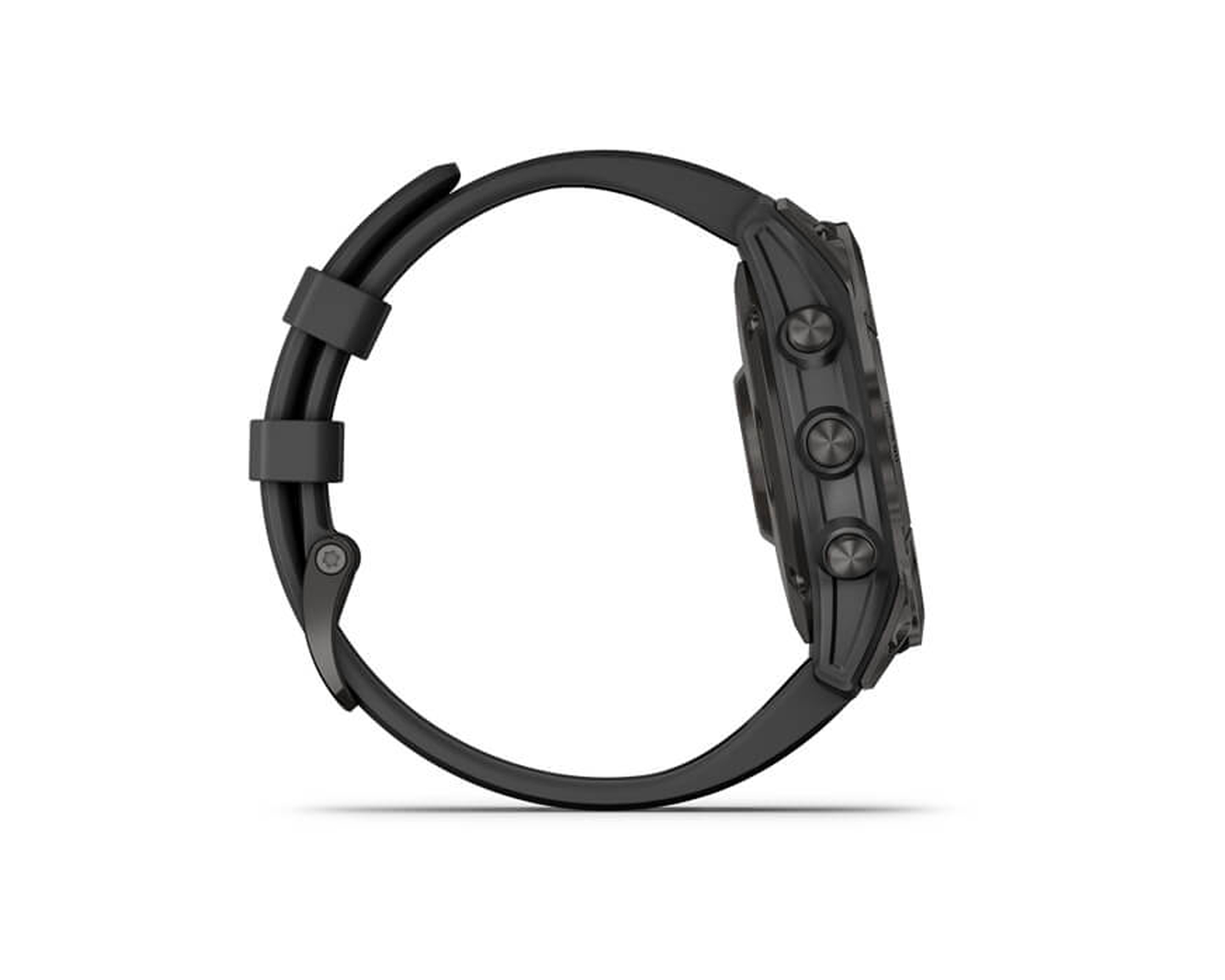
Verdict
The Garmin Epix is a Fenix 7 with an AMOLED screen. You get all the depth, the labyrinthine array of features, and effectively the same reliable tracking accuracy.
Its battery does not last as long as a result of the change in display tech, but for most the idea of charging once a week is hardly a major hardship. Longer battery life is possible too if you’re happy with the screen only turning on when you use the watch or flick your wrist towards your face.
The money involved raises the value question, though. Garmin’s “entry level” Epix costs $200/£200 more than the standard Fenix 7. While the extra $100/£100 for Sapphire glass, double the storage and a lighter titanium-plated body is an OK deal, you don't get the solar-charging feature available in the Fenix 7 Sapphire Solar.
Garmin’s Fenix 7 is probably a better value watch, but when buying at this level you may be less bothered about the cost disparity.
If this isn’t for you
The key alternative to the Garmin Epix is obvious. It’s the Fenix 7, which has a screen that looks duller indoors but can be clearer outdoors. The entry-levels Fenix 7 costs a lot less, despite offering exactly the same substance — under the surface at least.
You should also consider the Garmin Venu 2 range. These cost a lot less than either the Fenix or Epix, are smaller, lighter and more comfortable. You miss out on many advanced features, but aside from on-watch maps and the Epix’s slightly nerdier approach to stats, many of these are likely to go unused by the majority of Epix owners.
If your main goal is GPS track of familiar runs and walks, where you won’t use the actual watch to navigate, you should also take a look at the Huawei GT 3. It has little of the Epix’s depth but does have a lovely screen, long battery life and can GPS track activities perfectly well for a fraction of the cost.
Andrew Williams is a freelance journalist based near London. He has written about tech for over a decade, contributing to sites such as WIRED, TechRadar, TrustedReviews, Wareable, Stuff, T3, Pocket-lint and many others. When he's not covering fitness tech, he writes about mobile phones and computing, as well as cameras.
